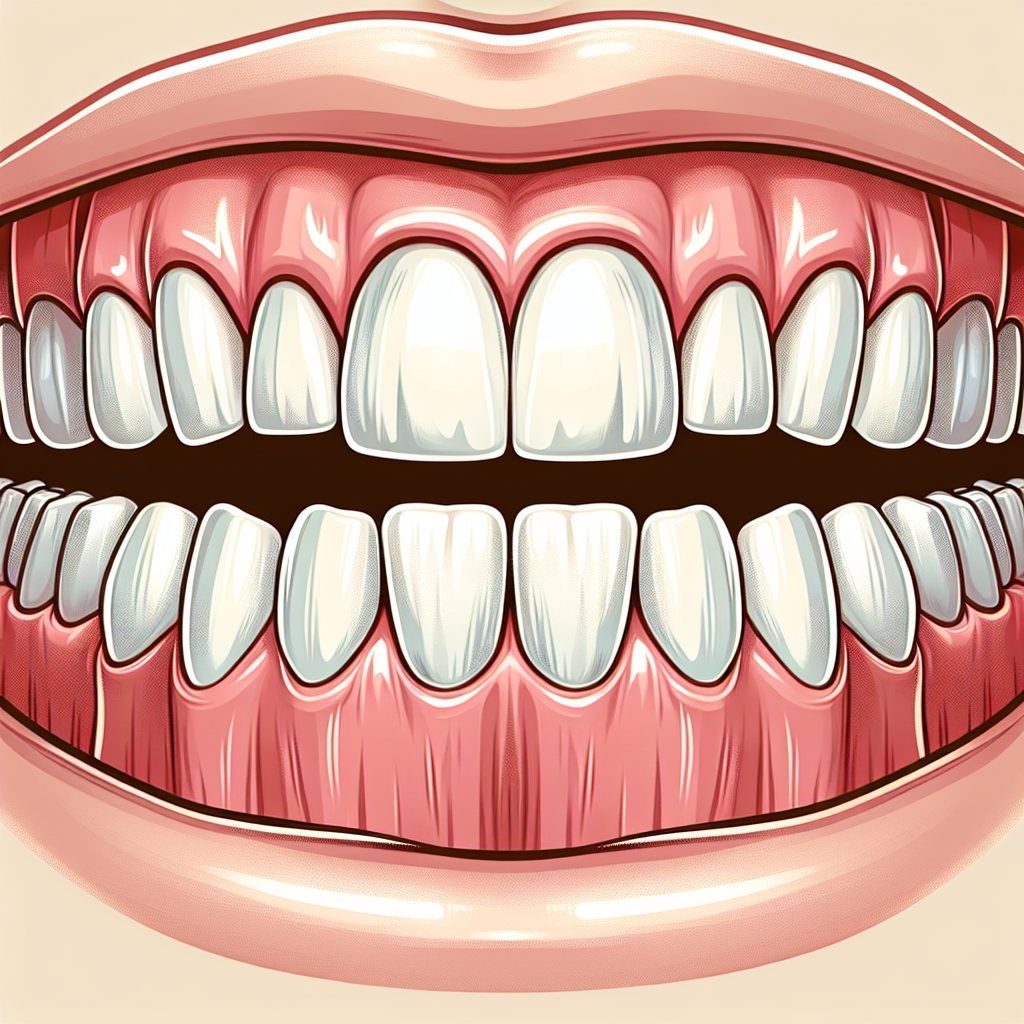Dry socket, also known as alveolar osteitis, is a painful dental condition that occurs after a tooth extraction. It occurs when the blood clot that forms in the socket after the tooth is removed becomes dislodged or dissolves prematurely. This exposes the underlying bone and nerves, leading to intense pain and discomfort for the patient.
While the primary symptom of dry socket is severe pain in the extraction site, some patients may also experience headaches as a result of the condition. The throbbing pain caused by dry socket can radiate to the surrounding areas of the head and neck, leading to tension headaches or migraines in some cases. This added symptom can make the already uncomfortable experience of dry socket even more debilitating for patients.
One possible explanation for headaches as a symptom of dry socket is the shared nerve pathways in the head and face. The trigeminal nerve, which is responsible for sensation in the face, teeth, and jaw, also plays a role in headache pain. When the nerves in the socket are exposed due to dry socket, they can trigger pain signals that manifest as headaches. Additionally, the stress and discomfort associated with dry socket can also contribute to tension headaches or migraines in some individuals.
It is essential for patients who have recently undergone a tooth extraction to be aware of the signs and symptoms of dry socket, including headaches. If you experience persistent, intense headaches after a tooth extraction, especially if accompanied by severe pain in the extraction site, it is crucial to consult with your dentist promptly. Early detection and treatment of dry socket can help alleviate symptoms, including headaches, and promote faster healing and recovery.
Is Headache a Symptom of Dry Socket?
Are you experiencing a headache after a tooth extraction? It may be a sign of dry socket. Dry socket, also known as alveolar osteitis, is a painful dental condition that occurs when the blood clot at the site of a tooth extraction fails to form properly or becomes dislodged. Headache is one of the common symptoms of dry socket, along with severe pain, bad breath, and an unpleasant taste in the mouth. To learn more about the symptoms of dry socket and how to treat it, keep reading.
Is headache a symptom of dry socket?
Yes, headache can be a symptom of dry socket. Dry socket, also known as alveolar osteitis, is a painful complication that can occur following a tooth extraction. It occurs when the blood clot that normally forms in the socket after extraction becomes dislodged or dissolves, exposing the underlying bone and nerves. This can lead to intense pain in the extraction site and surrounding areas, including the head and neck.
Headaches are a common symptom of dry socket due to the inflammation and nerve irritation caused by the exposed bone. The pain from a dry socket can radiate to the temple, forehead, and even down the neck, leading to tension headaches or migraines.
Other symptoms of dry socket may include severe pain that does not respond to pain medication, a foul odor or taste in the mouth, and visible exposed bone in the socket.
If you are experiencing persistent headaches after a tooth extraction, especially if accompanied by other symptoms such as severe pain or an unpleasant taste, it is important to contact your dentist for further evaluation and treatment.
Preventing dry socket
- Avoid smoking or using tobacco products after a tooth extraction, as this can increase the risk of developing dry socket.
- Avoid using straws or spitting forcefully in the days following extraction, as this can dislodge the blood clot.
- Follow your dentist’s post-extraction care instructions carefully to promote proper healing.
By taking proper precautions and seeking prompt treatment if symptoms develop, you can reduce your risk of experiencing dry socket and associated headaches.
According to the American Dental Association, dry socket occurs in about 2-5% of tooth extractions.
Conclusion
In conclusion, while headaches can be a symptom of various dental issues, they are not typically associated with dry socket. Dry socket is a condition that occurs after tooth extraction when the blood clot in the socket is dislodged, exposing the underlying nerves and bone to air and bacteria. This can cause severe pain, bad taste, and foul odor, but headaches are not a common symptom of dry socket.
It is important to pay attention to other symptoms such as severe pain, bad taste, and foul odor in the mouth if you have recently undergone a tooth extraction. If you are experiencing persistent headaches in addition to these symptoms, it may indicate another underlying issue that should be addressed by a healthcare professional. Seeking prompt treatment and proper care can help alleviate pain and prevent further complications. Remember to follow post-operative care instructions provided by your dentist to ensure a smooth and speedy recovery.

